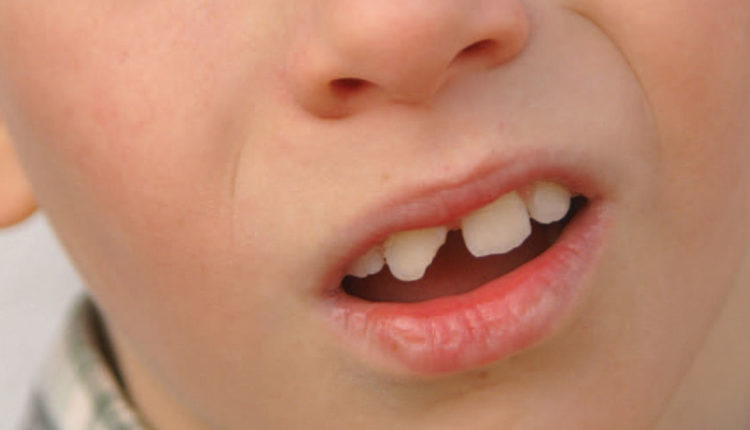Despite being the strongest part of the human body, surpassing even bone in toughness, teeth are not immune to injury. In the adventurous lives of children, broken front teeth are a common occurrence, stemming from falls, sports injuries, or the simple act of biting into hard foods like candy or ice. Understanding the types of dental fractures and their treatments is crucial for parents navigating these stressful situations.
Dental fractures are categorized into four classes based on the depth and severity of the injury:
- Class 1: Fractures affecting only the outer enamel layer.
- Class 2: Fractures reaching into the dentin layer beneath the enamel.
- Class 3: Fractures that extend into the pulp, the central part of the tooth containing nerves and blood vessels.
- Class 4: Fractures involving the root of the tooth.
The treatment strategy varies depending on the fracture’s class and whether the affected tooth is a permanent or primary (baby) tooth. Options may include smoothing out minor chips, placing a composite filling, performing a root canal with a crown, or, in severe cases, extracting the tooth.
If your child breaks a tooth and the nerve is exposed, an immediate visit to the dentist for an x-ray and examination is essential. The dentist will assess the fracture’s severity to determine the most appropriate treatment.
Until you can visit the dentist, manage your child’s discomfort with over-the-counter pain relievers and apply ice to alleviate any facial swelling. It’s not uncommon for tooth injuries to bleed; applying gentle pressure with gauze can help control it.
Broken teeth can be alarming, but most fractures can be handled well with the tooth having a good long term outlook. Professional guidance can effectively address even the most severe fractures, helping your child smile brightly again.


